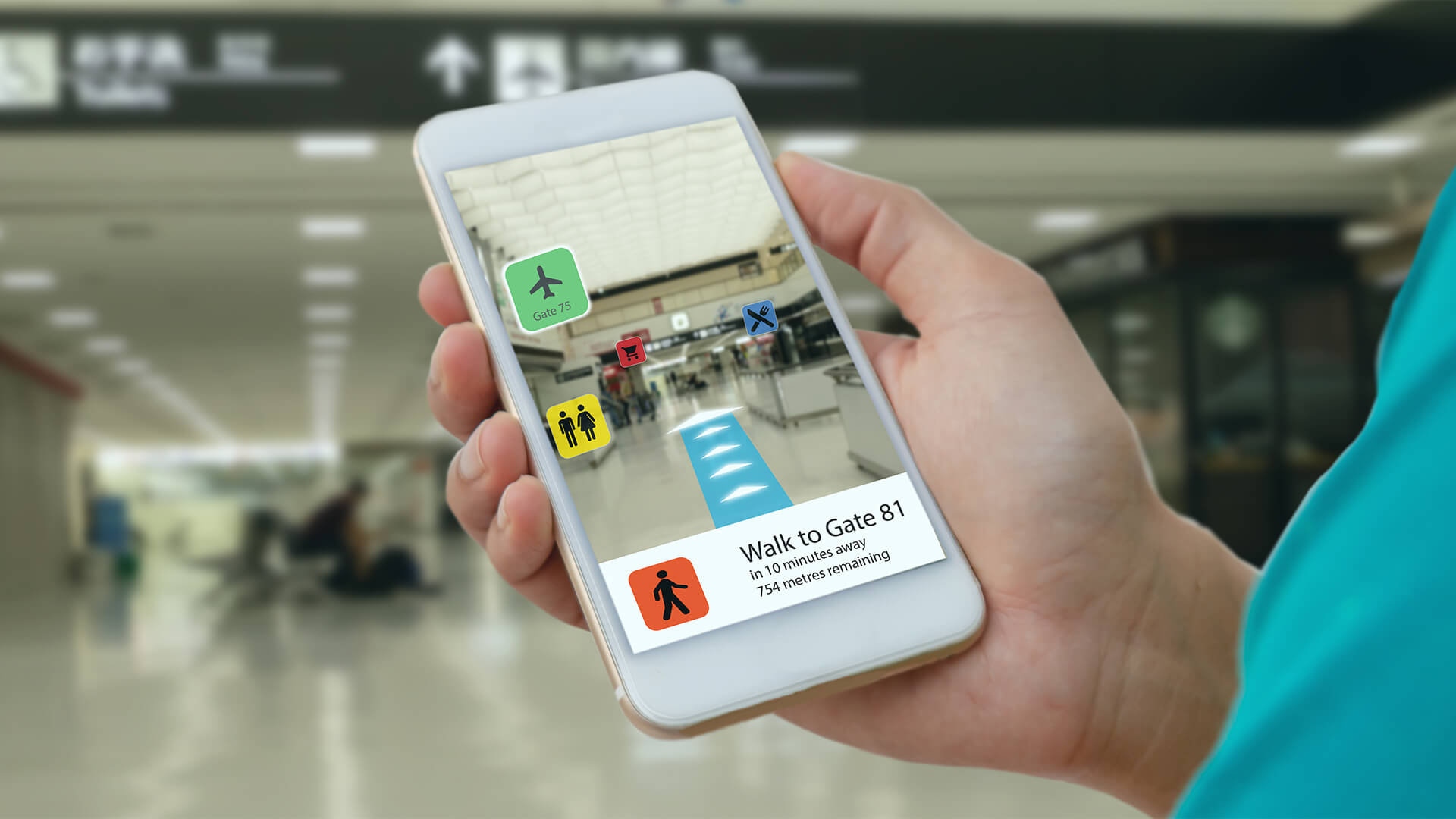Airports are often huge and confusing places, with passengers struggling to find their way around. The problem is that airports are complex and the problems aren’t always obvious. In order to understand how congestion is affecting your airport, you need to know what to look for.
Congestion can take many forms and affect different areas of an airport. Here are just a few examples:
Passenger traffic flow issues – Passengers can experience long lines at security checkpoints, baggage check-in, or customs. This can cause delays and missed flights. People often have to wait in long lines at the gates as well. It’s not uncommon for passengers to miss their flights because they were unable to get through security or customs in time. This is one of the most common problems with congestion at airports today.
Security screening – Security screening has become increasingly time-consuming due to increasing passenger volume and inconsistent staffing levels from TSA agents (who are sometimes hired on short-term contracts).
Cargo delays – Cargo delays occur when there are more aircraft than available gates, leading airlines to hold planes on the tarmac until space opens up inside the terminal or gate area so they can unload their cargo containers without incurring significant delay penalties from airlines’ cargo partners (i.e., FedEx, UPS).
While indoor mapping can\’t solve all of the airport\’s challenges, it can be a valuable tool for helping passengers get where they need to go. Here are a few ways indoor mapping can be used at airports to elevate passenger experience:
1. Improved Safety and Security
Mapping out all areas of an airport ahead of time will help ensure that security personnel are able to patrol the entire facility in a timely manner while ensuring that they do not miss anything – including hidden entrances and exits, places where someone could hide, security cameras that may not be working properly or at all, areas where someone could be hiding weapons or other contraband, etc.
Mapping multi-floor buildings and all areas of an airport ahead of time will also help ensure that there are no blind spots in any area – even those hidden from plain sight such as behind walls or underneath stairwells or elevators. The use of indoor mapping can help eliminate these blind spots so security personnel can see them clearly and know what is going on around them at all times.
2. Clear and Effective Wayfinding
One of the biggest concerns for airports is the safety of their visitors. A clear and effective wayfinding system can help reduce accidents, injuries, and lost visitors. By using indoor mapping to create a map that is easy to follow, visitors will be able to get around the airport with ease. This will reduce traffic congestion and make it easier for people to find where they need to go within the airport.
3. Improved Traffic Flow
Traffic flow through an airport is a major problem for many airports located in urban areas where there are many other busy roads nearby that lead to different destinations throughout the city or state – not just at the airport itself but also on highways leading away from it as well as side streets off those highways and side roads off those side streets leading away from it too!
Mapping out traffic patterns through an airport before giving it permission to open its doors will help improve traffic flow by eliminating bottlenecks caused by poor planning beforehand such as over-sized elevators designed for moving luggage carts instead of passengers which creates long lines of people waiting for elevators when there are only two available per floor instead of four which would allow more people access at one time which would mean less wait times overall!
Mapping out traffic patterns ahead of time will also help guide airlines on how they should run their flight schedules so passenger traffic flows smoothly through each terminal instead of bunching up in one terminal while leaving another virtually empty because everyone has already gone through this one first.
Not only does this save money on fuel costs but it also allows airlines more flexibility when scheduling flights so they can fill more seats on each flight!

Recognising excellence across the Asian Pacific.
Nominate now ➜
Read the latest and past issues of APAC Insider.
Explore issues ➜
Find out how we can help your business grow.
Find out more ➜




















